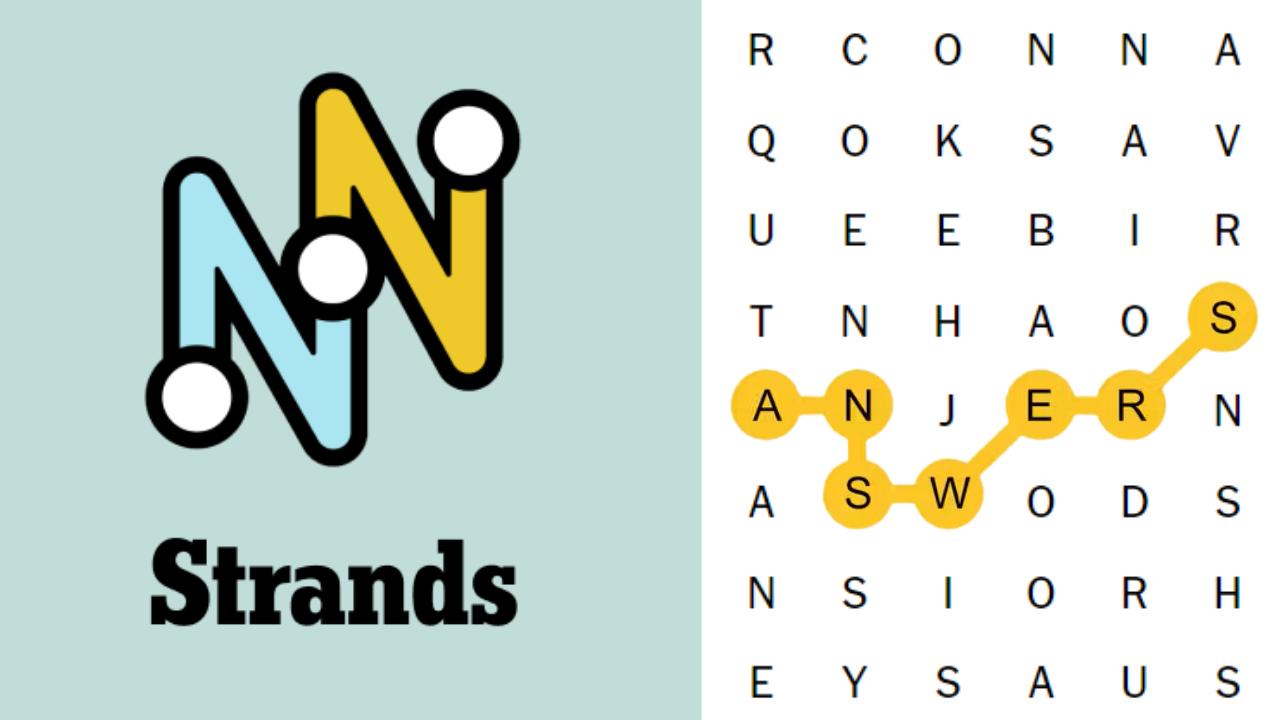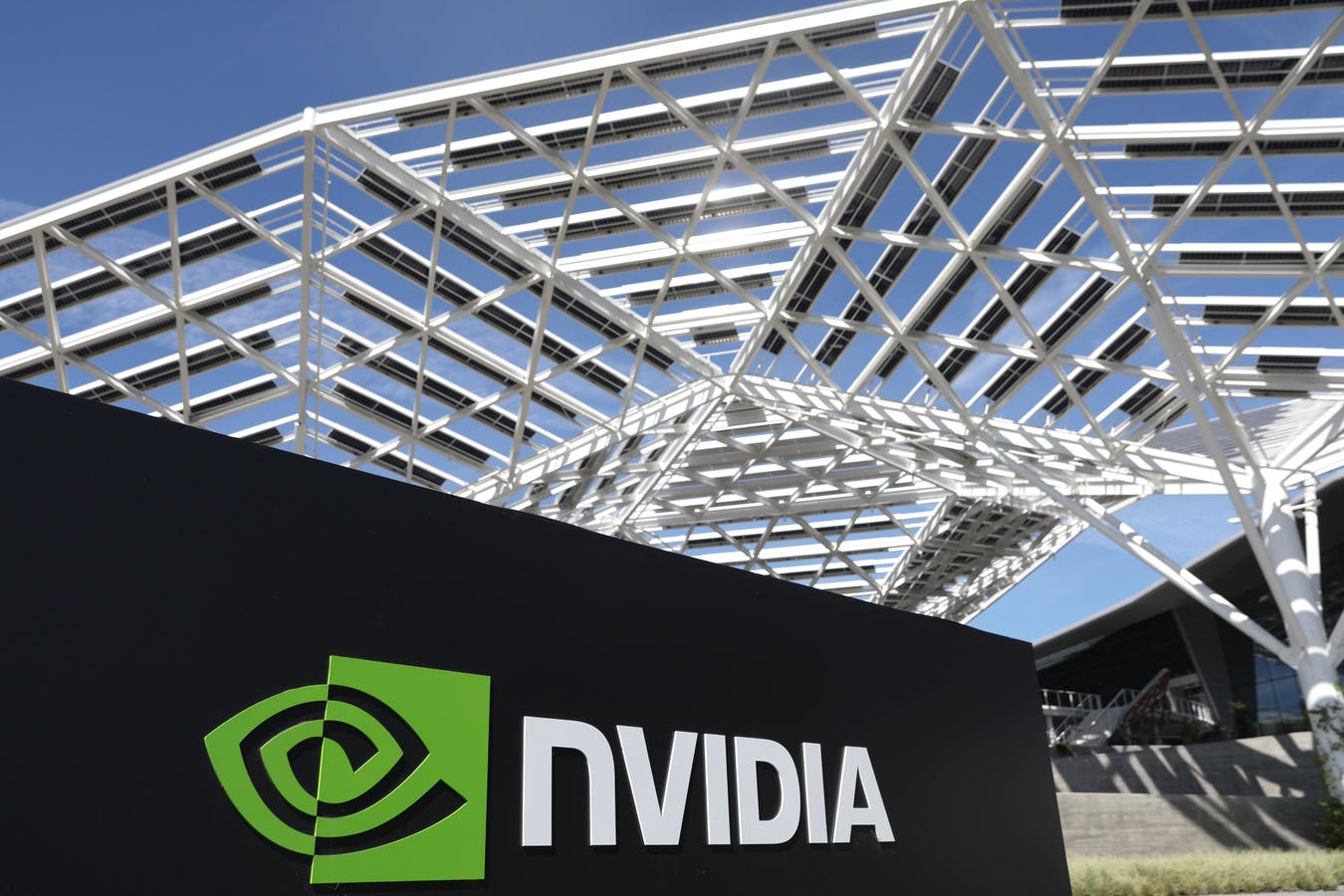Man podcaster influencer blogger smiling while broadcasting his live audio podcast in studio using … More
The creator economy is entering its next major phase, not one defined by followers or viral content, but by real product ownership and long-term equity. From digital memberships to full-fledged software ventures, creators are unlocking serious revenue streams and reshaping what it means to build an audience online.
Miles Sellyn, VP of Creator Partnerships at Rare Days, has helped some of the biggest names in the industry, from Colin and Samir to Ryan Trahan, launch products that now generate millions. I spoke to him to unpack what’s working, what’s not and how creators can move from content to commerce with intention.
Key Takeaways:
- Memberships and subscriptions are leading the market. Software is the future.
- You don’t need a massive audience, just the right overlap between audience and customer.
- Launching isn’t the hard part. Sustained marketing and authentic value delivery are what matter.
The Digital Product Gold Rush
“What the market is telling me is the biggest opportunity right now are memberships and subscriptions,” Sellyn explained. “It’s a bit of an evolution from courses or communities. You might have a course within a membership. You might have a community within a membership. You might have AI chatbots. It’s a flexible container for delivering content.”
Still, Sellyn’s eyes are on a more ambitious horizon: creators building software. “The cost of developing software is dropping dramatically. That opens the door for creators to own the product rather than just being the face of it,” he said. “It creates long-term enterprise equity value.”
The Eye-Popping Revenue Potential
“The eye-popping ones: we work with a creator who is making more than $15 million a year through their digital products,” Sellyn shared. “Another did $300,000 within 30 days of launching. We have creators who have sold $15 million plus of courses.”
But big numbers aren’t the only metric. “Even $60,000–$70,000 a month in digital product sales can change the game for creators relying on brand deals. It’s great for mental health and strategic freedom.”
Ruthless Standards, Relentless Respect
So what makes a creator product-ready?
“A ruthless standard for quality,” Sellyn emphasized. “That stems from a deep respect for the audience. The top creators care about the person on the other end of the screen. They’re not just selling—they’re delivering outsized value.”
He also urges creators to go beyond intuition and mine their DMs and comments. “That’s where the product ideas are hiding.”
Validation Is Not Optional
Rare Days uses “feature vignettes” to validate product ideas. These are low-fidelity mockups that gauge audience interest. “We’ll create 10 to 20 of these and test them directly with the creator’s audience. That feedback is gold.”
When creators don’t have a product idea, that’s not a deal-breaker. “They’re filmmakers, creatives, educators, not necessarily product strategists. But if they know their audience, we can find the opportunity together.”
From Ideation to Launch
The timeline depends on complexity. A course or membership might take three to four months. Custom software can take up to a year.
One warning: “Creators almost always underestimate the content burden. They’re already making a YouTube video every week. Creating a product is another layer entirely.”
Pricing is both art and science. Sellyn recommends Jay Clouse’s four-question pricing framework, based on the Van Westendorp Model:
- What’s a no-brainer price?
- What’s a stretch?
- What’s too high?
- What’s suspiciously low?
Then, price toward the lower end. “You want customers to feel like they’re getting 10 times the value for every dollar they spend.”
Don’t Just Launch. Keep Selling
“One of the biggest mistakes? The creator launches and goes dark,” Sellyn warned. “You need to talk about it constantly. Algorithms don’t guarantee reach, so act like you’re inviting your audience to a party. They need to know it exists.”
Sellyn recommends a two-week pre-launch window, followed by strategic post-launch engagement. “It’s not ‘Field of Dreams.’ You can’t just build it and expect people to come. You have to market it.”
Know Your Niche and Respect It
Entertainment creators can still sell, but it’s tougher. “If your content is a vitamin, not a painkiller, the product needs a lot more thought. But if your content solves problems, the audience is already primed.”
One standout example is Hannah Williams of Salary Transparent Street. Instead of launching a course, she built a salary database and a job board. “It fits her mission and audience. Not everything has to be an educational product.”
The Software Opportunity Ahead
Sellyn sees a wave of creator-led SaaS products on the horizon. “Creators used to partner with software tools. Now they’re building their own. We’re seeing creators in 3D modeling, for example, realize they can build plugins for $20,000 and keep the upside, rather than just taking affiliate fees.”
It’s not just about products. It’s about ownership.
The Final Word
If you’re a creator thinking about launching a product?
“Spend time in your DMs,” Sellyn said. “Read every comment. Look for pain points. Then build solutions around those. That’s your roadmap.”
And when you’re ready to scale? “Your audience is your edge. But your product is your future.”
This article is based on an interview from my podcast, The Business of Creators.









